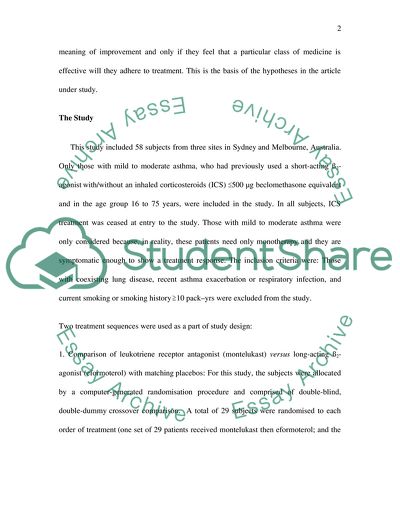Cite this document
(“Traditional and Patient-centered Outcomes with Three Classes of Asthma Article”, n.d.)
Traditional and Patient-centered Outcomes with Three Classes of Asthma Article. Retrieved from https://studentshare.org/health-sciences-medicine/1708897-review-of-journal-article-about-asthma
Traditional and Patient-centered Outcomes with Three Classes of Asthma Article. Retrieved from https://studentshare.org/health-sciences-medicine/1708897-review-of-journal-article-about-asthma
(Traditional and Patient-Centered Outcomes With Three Classes of Asthma Article)
Traditional and Patient-Centered Outcomes With Three Classes of Asthma Article. https://studentshare.org/health-sciences-medicine/1708897-review-of-journal-article-about-asthma.
Traditional and Patient-Centered Outcomes With Three Classes of Asthma Article. https://studentshare.org/health-sciences-medicine/1708897-review-of-journal-article-about-asthma.
“Traditional and Patient-Centered Outcomes With Three Classes of Asthma Article”, n.d. https://studentshare.org/health-sciences-medicine/1708897-review-of-journal-article-about-asthma.


